Walkabout: The Architect, the Baseball Stadium and a Really Bad Couple of Years, Part 1
Some of Brooklyn’s greatest architectural treasures were designed by people whose names we either never knew or can’t remember.

Read Part 2, Part 3, and Part 4 of this story.
Some of Brooklyn’s greatest architectural treasures were designed by people whose names we either never knew or can’t remember. Most people don’t really care about architecture anyway, but in spite of that, a few names become part of the cultural conversation.
Some of them we manage to remember: the Brooklyn Bridge – that Roebling guy. He died.
The Brooklyn Museum – um, oh yeah, McKim, Mead & White. White was the guy who had the mistress on the red swing in his private playroom and her husband shot him. That’s easy to remember. Unfortunately it’s less easy to remember that White didn’t actually design the museum, McKim did. But still, not bad.
So what about one of Brooklyn’s most famous icons? What about the ballpark with the name that can cause a native Brooklynite of a certain age to get teary and wax nostalgic? We know the name of the team and the exploits of the players in that temple of baseball. Their names are whispered the way one speaks of a saint in church.
But who was the architect of this sacred space? Who designed Ebbets Field, home of the Brooklyn Dodgers?
Clarence R. Van Buskirk, that’s who. Well, maybe. More on that later. But first, who?
Clarence R. Van Buskirk came from old New Amsterdam Dutch stock. His father was the Reverend Peter J. Van Buskirk, the longtime pastor of the Gravesend Reformed Church. Rev. Van Buskirk was the spiritual leader of one of Brooklyn’s oldest Dutch Reformed churches, one that was organized by early settlers in 1655.
Brooklyn Eagle, 1912
Young Van Buskirk was his parents’ elder son. They also had another son named William who became a very successful lawyer. Clarence went on to college at New York University and became both an engineer and an architect.
He was well liked and established in Brooklyn’s social set, so it came as no surprise that he got a job with the City of Brooklyn in 1895, as an assistant engineer in the City Works Department.
A year later, he married Lillie Van Siclen, the daughter of another old Dutch Brooklyn family, whose family members were congregants at his father’s church. Rev. Van Buskirk married the couple in the church, and they were off to a honeymoon tour of the Midwest that would end in lovely Kansas City.
Van Buskirk settled into his new job. He was assigned to the Department of Highways, where he oversaw the work of inspectors who made sure streets and bridges were in fine shape. They also oversaw any construction work, such as digging below the street by utilities, and made sure it was up to code. His boss was Frank. J. Ulrich, the Superintendent of Highways for the Borough of Brooklyn.
Brooklyn Eagle, 1914
By all accounts, Clarence was good at his job. He was a workaholic, and didn’t even take a vacation in 1906. This was so exemplary that news of his hard work and praise for his work ethic made the papers.
He was well regarded by Ulrich and other superiors, and well liked by his co-workers and subordinates. At Christmas in 1904, his 21 inspectors surprised him at work with a gift of diamond-studded gold cufflinks. They also threw him a party.
But outside of the office, trouble was brewing.
In November of 1905, Bird Sim Coler, a former stockbroker and New York City’s first City Comptroller, became Borough President of Brooklyn. Coler had larger political ambitions. Being Borough President was just a stepping stone for him, because he was Going Places.
Bird Sim Coler via Wikipedia Commons
But in order to get there, he had to make a name for himself. Since he was a money man, he decided to see if there was any financial malfeasance going on in any of Brooklyn’s city departments. That sort of thing always gets good press and makes a splash. He set his eye on the Department of Highways, and started digging, if you will pardon the expression.
After some investigating, he thought he had struck gold – he was certain that Frank J. Ulrich, the Superintendent of Highways, was accepting bribes and writing false reports. He had inherited Ulrich from the previous administration. It was time to very publically clean house.
It appeared that since Coler had taken office, the bills the Department of Highways had issued to the Edison Electric Illuminating Company had risen substantially. So had the department’s bills to Brooklyn Union Gas and the Brooklyn Rapid Transit Company.
These bills were for department inspections to all of these utilities whenever their work involved the streets, sidewalks and roads of Brooklyn. Since Brooklyn was still developing rapidly in 1907, roads and streets were being dug up right and left.
Repair work on Joralemon Street, 1905, Brooklyn Public Library
Over the years, Ulrich had more than doubled his workforce, going from 62 to 162 inspectors. In 1905, under the old Littleton administration, 11 inspectors were assigned to the Edison Company. A year later, in the new Coler administration, with Ulrich still in charge, the same amount of work was being done by Edison, but the number of inspectors assigned to them had risen to 24.
During the previous administration, July of 1905 had been the busiest month, so 16 inspectors were assigned to Edison at that time. In 1906, the utility was performing the same amount of work, but Ulrich had 61 inspectors assigned to them.
The bills to the Edison Company skyrocketed, but Edison did not complain, later telling investigators they knew that if they did, the inspections and bills would escalate even higher. They decided to bide their time.
When Coler got wind of all of this he began sending his own investigators out to gather evidence and witnesses. Although there were lots of inspectors — too many — not all of them were being treated equally.
The entire workforce was not hanging out at Department HQ waiting to be assigned. Those were the honest and clueless workers. The favored ones, who received enough work to get bonuses and perks, were hanging out in nearby saloons and billiard rooms. When a choice assignment came in, it was phoned in, or a messenger brought it to them.
One of these men spoke to an Eagle reporter, telling him that the favored inspectors would get their assignments, run over and do their inspection, which took 15 minutes of real work, and then go home, or in some cases to another job. Meanwhile, they were clocked in and got paid for a full day’s work.
Meanwhile, many of the other inspectors barely had enough assignments to make their paychecks viable.
What brought down Ulrich was not the bloated workforce per se, or even cheating Edison and other companies. It was payoffs. Coler and his investigators found that Ulrich was accepting money from people who wanted those cushy inspector jobs, and were willing to pay him to get one.
They arrested one such man who was trying to get a job for his son, and the entire scheme collapsed. Ulrich was suspended pending the investigation. He submitted his resignation in February of 1907.
As the investigation continued, it was looking bad. So in a desperate move to save himself, Frank Ulrich threw his subordinates under the bus. One of them was Clarence J. Van Buskirk.
Next time: Clarence Van Buskirk was now involved in Brooklyn’s biggest scandal since it had become part of Greater New York. Did he know what was going on in the department? Was he, a minister’s son, an active part of the corruption? How did he get from there to getting the job designing Ebbets Field? Our story continues next week.


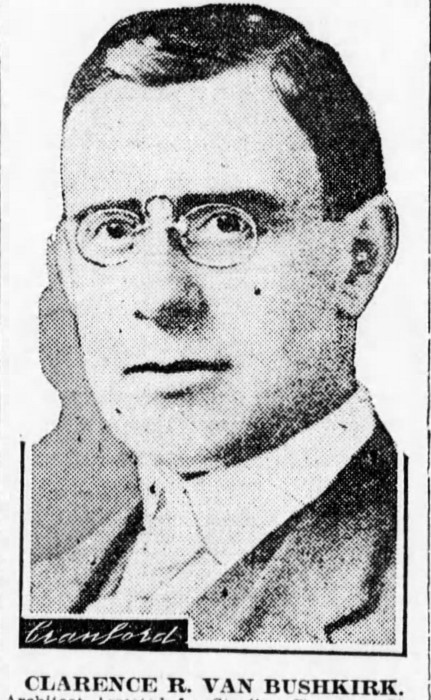
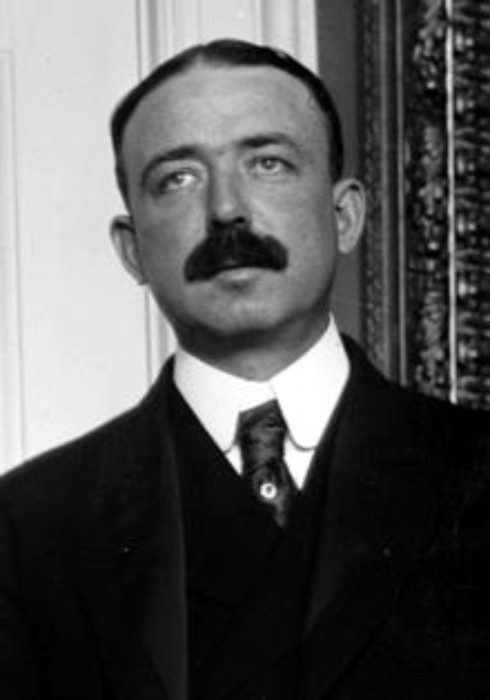
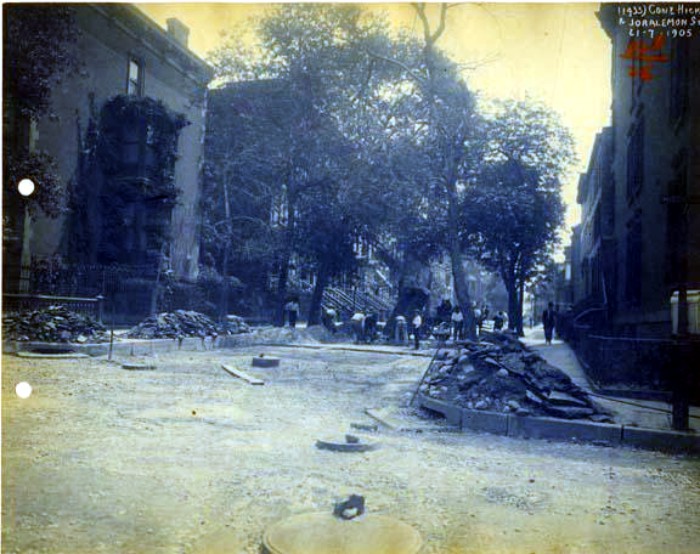
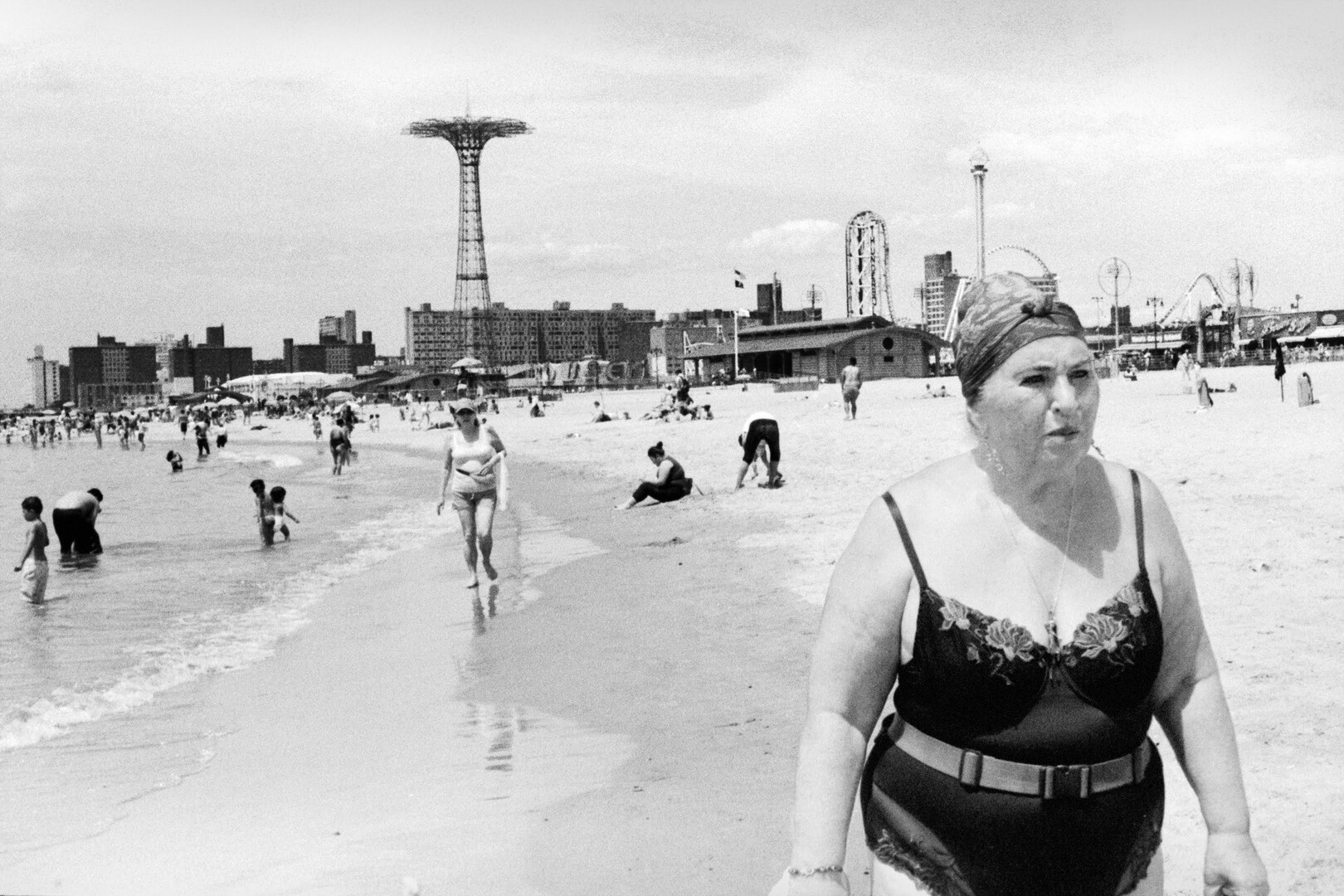

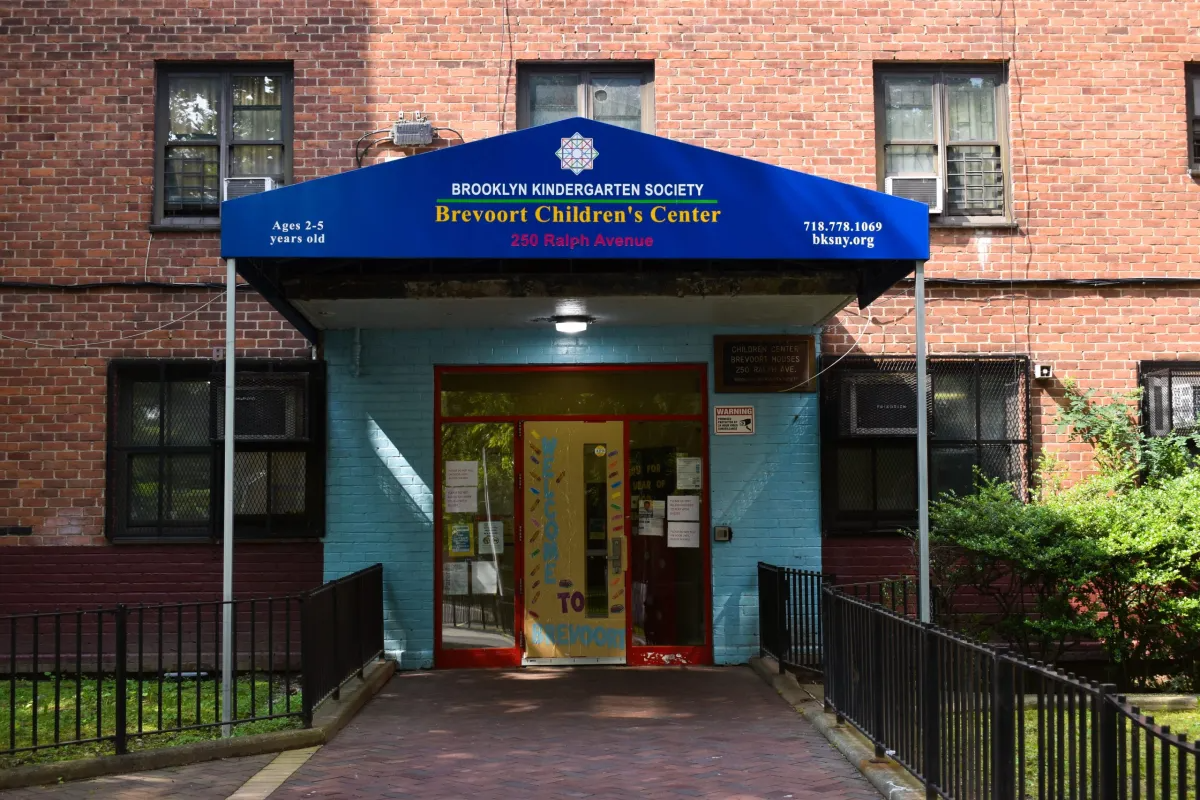
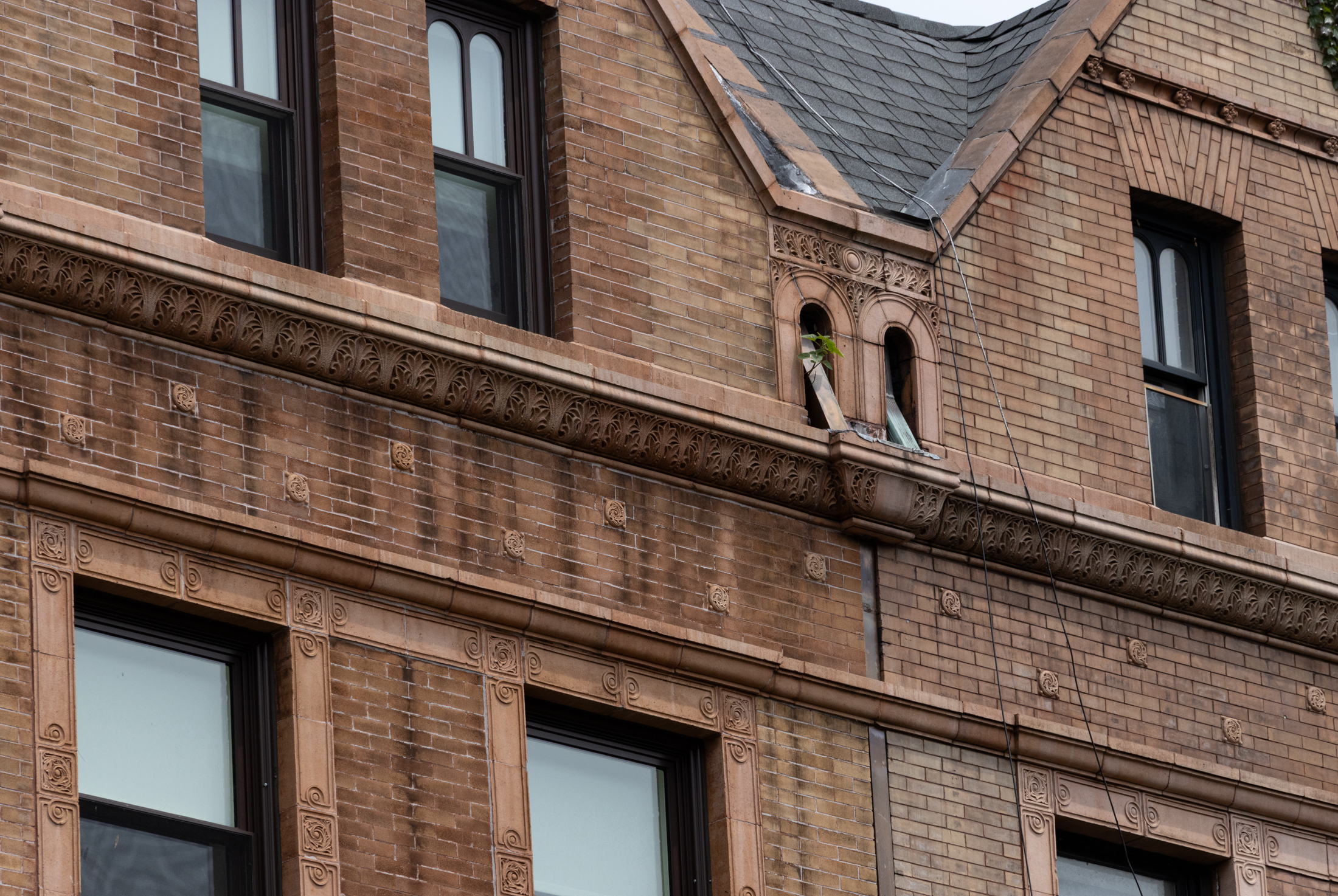
What's Your Take? Leave a Comment